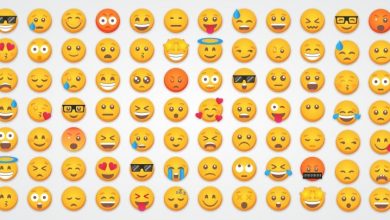Promoting cultural competence
When applied to non-formal education, cultural competence centers on the skills and knowledge to effectively serve the participants from different cultures. Cultural competence represents the ability to successfully teach participants who come from cultures other than our own. It entails developing certain personal and interpersonal awareness, sensitivities, developing certain bodies of cultural knowledge, and mastering a set of skills, that taken together, underlie effective cross-cultural teaching.

What Is Culture?
Culture is the totality of values, beliefs, and behaviors common to a large group of people. A culture may include shared language and folklore, communication styles and ideas, and thinking patterns—the “truths” accepted by members of the group. Members of culture have similar expectations of life.
The term “culture” derives from the Latin word “cultura” which means “to cultivate” (Harper, 2001). However, the modern definition of culture encompasses far more than the simple meaning of cultivating. Research in the field reveals that there are over 160 definitions of that word. No wonder why Gerth and Mills (Mills, 1954) claimed that “culture” is one of the spongiest terms in the world which is perhaps the reason why it has so many interpretations. No matter how different those definitions might be they all come together within the axis of the broader notion identifying the latter as a set of shared attitudes, values, goals, and practices that characterize a community or a set of people, primitively speaking. Culture includes what people say, think, do, but also what is done to them.
Furthermore, culture can be defined as a body of beliefs, traditions, principles, and guides for behavior that are learned and shared among members of a particular group. It serves as a road map for both perceiving and interacting with the world.
Lastly, we can define culture as behavioral software “that programs us all.”
- Culture determines our behavior and attitudes.
- No one is culture-free.
- Most cultural rules are never written.
- We interpret the behavior of other people through our own “cultural software.”
Developing cultural competence
“Cultural competence is a set of congruent behaviors, attitudes, and policies that come together in a system, agency, or among professionals that enables effective work in cross-cultural situations” (Cross, Bazron, Dennis, & Isaacs, 1989, p. 13)
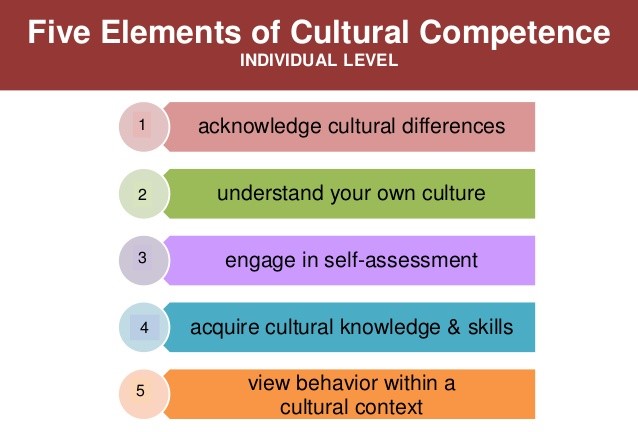
The term ‘culture’ includes not only culture in relation to race, ethnicity, and ancestry, but also the culture (e.g. beliefs, common experiences and ways of being in the world) that is shared by people with common characteristics. This includes people with disabilities, people who are Lesbian, Bisexual, Gay, and Transgender (LGBT), people who are deaf, members of faith and spiritual communities, people of various socioeconomic classes, etc.)
The three steps for cultural competence are:
Compassion– Accepting and respecting different cultural backgrounds, customs, ways of communicating, traditions and values.
- Courage – Understanding the dynamics of cultural interactions by keeping in mind the fact, that many factors can affect the interactions across cultures, such as historical cultural experiences and relationships, between cultures in a local community.
- Intercultural communication – Designing educational communication based on the understanding of participants’ cultures, and institutionalizing that knowledge so that trainers and the learning environments they work in can adapt to, and better serve diverse populations.
Cultural competence leads to more effective teaching. As participants become more diverse, they are most likely to benefit from the different teaching strategies. But trainers will not cue into these differences and address them appropriately unless they use the students’ culture to build a bridge to success in the training environments. Culturally competent trainers contextualize, or connect to their participants through everyday experiences, and integrate learning with out-of-school experiences and knowledge. For learners to be able to make a connection between their culture, knowledge, and skills, they should focus also on the knowledge they acquire outside the school.
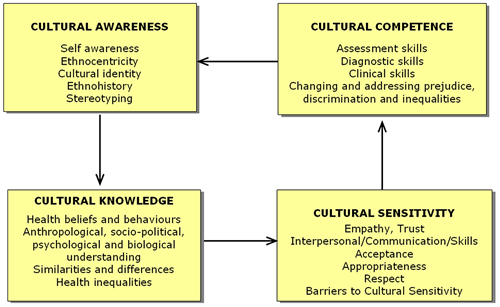
Culture plays a critical role in the process of learning. Culture is central to participants’ learning, and every member brings a unique culture to the training`s environment. Participants are not solely the products of their cultures. They vary in the degree to which they identify with them. Therefore, trainers must become knowledgeable about their participants’ distinctive cultural backgrounds so they can translate, behave, and teach, by using effective instruction, and enriched curriculum.
Intercultural learning
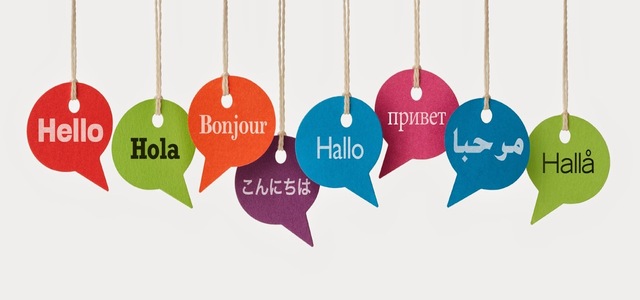
To advance the main competencies which are identified as important for intercultural communication, especially in an educational environment, we should bring them down as it follows:
– observing, identifying, and recognizing;
– comparing, and contrasting;
– negotiating meaning;
– dealing with, or tolerating ambiguity;
– effectively interpreting messages;
– limiting the possibility of misinterpretation;
– defending one’s point of view while acknowledging the legitimacy of others;
– accepting difference.
Intercultural competent are the participants who possess the above-mentioned capacities that can be classified under knowledge (cognition), attitudes (emotions) and skills (behavior) and who are also able to:
– to look at the culture through their own point of view (i.e. have a good understanding and awareness of their own culture);
– be aware of how their culture is seen from an outside perspective, by other countries or cultures;
– understand, or see the target culture from its own perspective (i.e. understand and be aware of what other people think of their own culture);
– be aware of how they see the target culture.
In other words, intercultural learning is a bilateral process; you observe the target culture and get to understand your own in between. The better perception of one’s own culture, the better understanding can one have of the other cultures by recognizing and accepting the differences, and also by living in diversity with tolerance. This leads to openness to new information with every step one makes along with the representative of another culture.
In other words, intercultural learning is a bilateral process; you observe the target culture and get to understand your own in between. The better perception of one’s own culture, the better understanding can one have of the other cultures by recognizing and accepting the differences, and also by living in diversity with tolerance. This leads to openness to new information with every step one makes along with the representative of another culture.
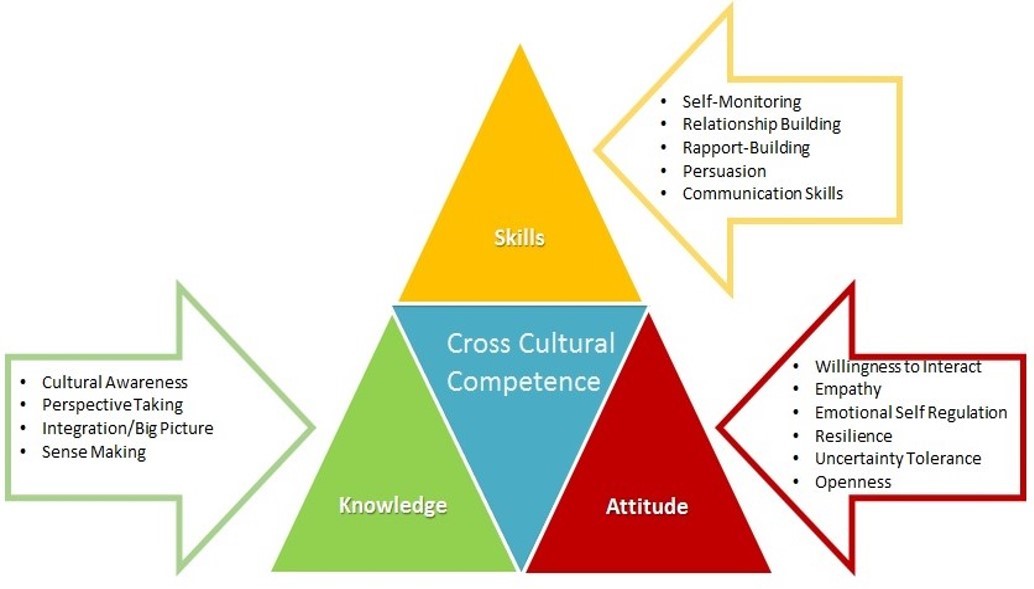
Even though there is no educational discipline as intercultural learning, there are keys that aim at guiding the process of acquisition of proper skills, among them:
Confidence and Respect: Building up confidence is a cornerstone of intercultural learning; it is a prerequisite that is making us comfortable to share different viewpoints, perceptions, and feelings, and also to arrive at acceptance and understanding. To create such a learning atmosphere that enables us to listen to each other, and empower individuals’ self-confidence, a lot of patience and sensitivity is required. This means that we need to give space to everybody’s expression; to value all the experiences, talents, and contributions; our various needs and expectations. When the good part of what we might share is about values, norms, and strong basic assumptions, we will need a lot of confidence in the ones we share with. Mutual trust goes hand in hand with mutual respect and honesty in our sharing.
Experiencing Identity: As human beings, we have our own cultural identity, which means our own background and experience. Considering this, the learning process is achieved through overcoming the obstacles and the barriers stemming from the culture. We all have a personal reality that has shaped us, and we will continue to live there enriched with new knowledge and experience. In intercultural learning processes, it means that we have to constantly deal with the questions such as “where do we come from”, “what we have encountered and lived through”. Trying to understand ourselves and our own identity is a prerequisite to encountering others.
Constructed Realities: Nothing is absolute. There are many ways to read and discern reality. Even the representatives of the same culture interpret the situations and the circumstances differently. This is true in all its senses: we have seen it both in the verbal and non-verbal communications, as well as in the basic assumptions such as that of time and space. Consequently, the learning process should be accompanied by some efforts: to respect personal freedom and decision, to accept other views equally and seek the reconciliation of different viewpoints, and to be conscious of our responsibility.
In Dialogue with the Other: Intercultural learning places “the other” at the heart of one’s understanding. It starts with a dialogue. Oftentimes, it is challenging to perceive your own self and the other as being different, yet complementing each other. In this understanding, the other becomes indispensable for a new discovery of the self. The process towards such an intercultural sensitivity implies – understood as a process towards the other – touching and changing ourselves. Intercultural learning opens up the chance to identify with the perspective of the other, the respectful experience of attempting to “walk in each others’‟ shoes” without pretending to live our life in a way the others live their life. It can enable us to experience and learn what real solidarity is, believing in the strength of cooperation. In this context, intercultural learning is also a way to discover our capacity for action. This again proves the theory of mutuality that we have touched upon in the previous section when speaking of the mutuality of the discovery and learning process in intercultural communication.
Questions and Change: Therefore, we need to accept that there will not always be an answer, yet we should remain in constant search for it, by accepting and welcoming change. Reflecting on it, we will need the capacity to question ourselves. Intercultural learning places the other at the heart of the relations. It encourages a continuous questioning of presuppositions, of things we normally take for granted, and it encourages a constant opening to the unknown. In the process of interaction and mutual discovery, every human being can fulfill himself or herself – personally, socially and globally. The important thing here is the openness of the latter for the new information and perception of the other culture with all its diverse systems.
Comprehensive Involvement: Intercultural learning is an experience that involves all the senses and levels of learning, knowledge, emotions, and behavior intensively. The comprehension of the complexity of this process and all its implications demands a lot from us. Language, as an element of culture, is a central aspect of intercultural communication. At the same time, it is limited and can be a source of a misunderstanding. Thereby, it must not be used as a means of dominance – especially in considering different language skills – but can be a tool of communication. All other signs – like body language – have to be equally respected. Since we are fully involved in this kind of learning, we should allow ourselves to be completely part of the processes happening.
Potential for Conflict: If we see the variety of perceptions that different cultures have of time, space, social and personal relations, etc. it will be very probable to suppose the raise of conflicts or uneasy situations in intercultural communication. Hence, we need to develop conflict management skills, while considering the complexity in dealing with the notion of culture. The key factor here is the belief that diversity is helpful and enriching, and that it creates ground for new information and joyful learning. Not every conflict has necessarily a solution, but it certainly needs to be expressed.
Under the Surface: Intercultural learning aims at very deep processes and changes in attitudes and behaviors. It means to deal a good part with the invisible forces and elements of our culture, of our inner self (see: Iceberg Model presented in Chapter 2), many things beneath the “water surface” are unconscious and therefore cannot be expressed clearly. This discovery implies the tensions with which we have to deal with. It is not easy to accompany people in this process. The most important thing is that we need the courage to go further, to challenge ourselves, and others.
A Complex Matter in a Complex World: Trying to summarize the issues pointed out above, it becomes clear that we need very careful and comprehensive approaches allowing a maximum of discernment. Even the culture itself goes beyond national borders and knows many forms and overlapping. Moreover, the cultures themselves are not homogenous; they are comprised of cultures held by community groups or even individuals. Many perspectives have to be met, tensions have to be considered. It is a challenge to any educational approach not to simplify the variety of reasons and implications present, the different values emphasized, the different realities and histories lived. Intercultural learning approaches need to respect these diverse experiences, interpretations, and knowledge, and adopt diverse methodologies accordingly.
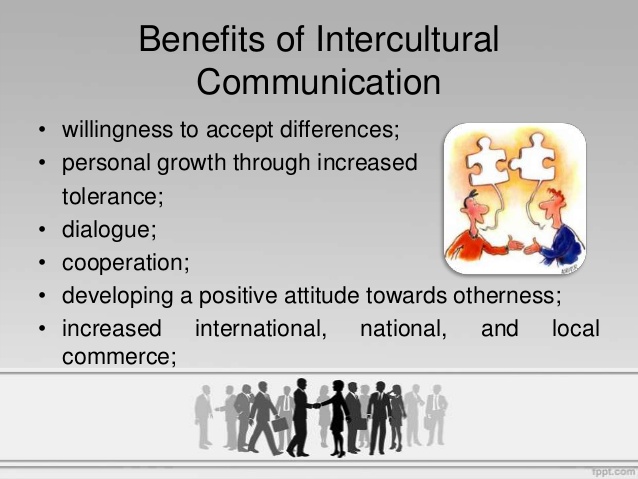
APPROACHES TO BUILDING CULTURAL COMPETENCY
Cultural competency has a direct impact on the training environment, where trainers employ their skills to effectively communicate with diverse participants. In addition to relying on trainers‐provided supports, such as professional development and curriculum design assistance, educators may develop cultural competency through several techniques. These tend to emphasize cultural awareness, the utilization of relevant course material and teaching techniques, and the creation of an inclusive training environment.
The following subsection examines the predominant areas that trainers must address, in order to develop their own cultural competency and to implement culturally responsive practices in the plenary. Briefly, these areas are:
- Conducting self‐assessments;
- Learning about participants’ cultures;
- Employing culturally-responsive pedagogy;
- Fostering respect in the plenary;
The first step toward employing culturally-responsive teaching is for educators to appraise their own cultural perspectives and biases. In an NCCRESt practitioner brief, Richards, Brown, and Forde point out that “by honestly examining their attitudes and beliefs about themselves and others, teachers begin to discover why they are who they are, and can confront biases that have influenced their value systems.” This is essential to the development of cultural competence, as research indicates that higher levels of multicultural awareness are associated with greater cultural competence, non‐racist behavior, and knowledge of other cultures.
Once the rainers develop this knowledge about themselves, they will be better situated to recognize cultural biases in their teaching and adjust their practices accordingly. They will be also more open to diversity and thus better able to serve their participants.
Why did I choose this tool?
Participants are more diversified than ever. Even in the trainer`s home country, the participants are from different backgrounds, so we have to be more aware of the consequences in case we are not careful. Learning and understanding of other cultures make us more culturally competent trainers. Culturally competent trainers are better equipped and understand that participants benefit from the learning environment that increases the connection between school culture non-formal field and the broader community in their education.
Suggested Reflection Questions
What are the challenges in working with participants from diverse cultural background?
How can you contribute to cultural competence from your personal experience?
How can you increase your cultural knowledge?
Exercises:
Divide participants into pairs. Give each pair two envelopes containing a picture set.
Explain the activity:
One participant opens an envelope and gives the partner one piece of the picture inside.
Let your partner say what they think is going on in the picture (e.g. who is in the picture, what is happening).
Ask your partner if the picture relates to a human right.
Then give your partner the second piece and ask them what they think is happening now that they have the full picture.
Does the complete picture relate to a human right?
Reverse roles.
Debriefing and Evaluation
- Debrief the activity by asking question such as these:
- Did anything in this activity surprise you?
- How did the picture change when you got the second piece?
- What rights is the complete picture conveying?
- Relate the activity to perception by asking question such as these?
- Can you think of other situations where it’s easy to get the wrong idea because you see or hear only part of the situation?
- How often do people accept what they see and forget that it may not be the ‘whole story’?
Other Ways to Practice
Things you should do to promote cultural competence:
https://www.childwelfare.gov/pubPDFs/resources/KS_CulturalCompetencyTraining2.pdf




